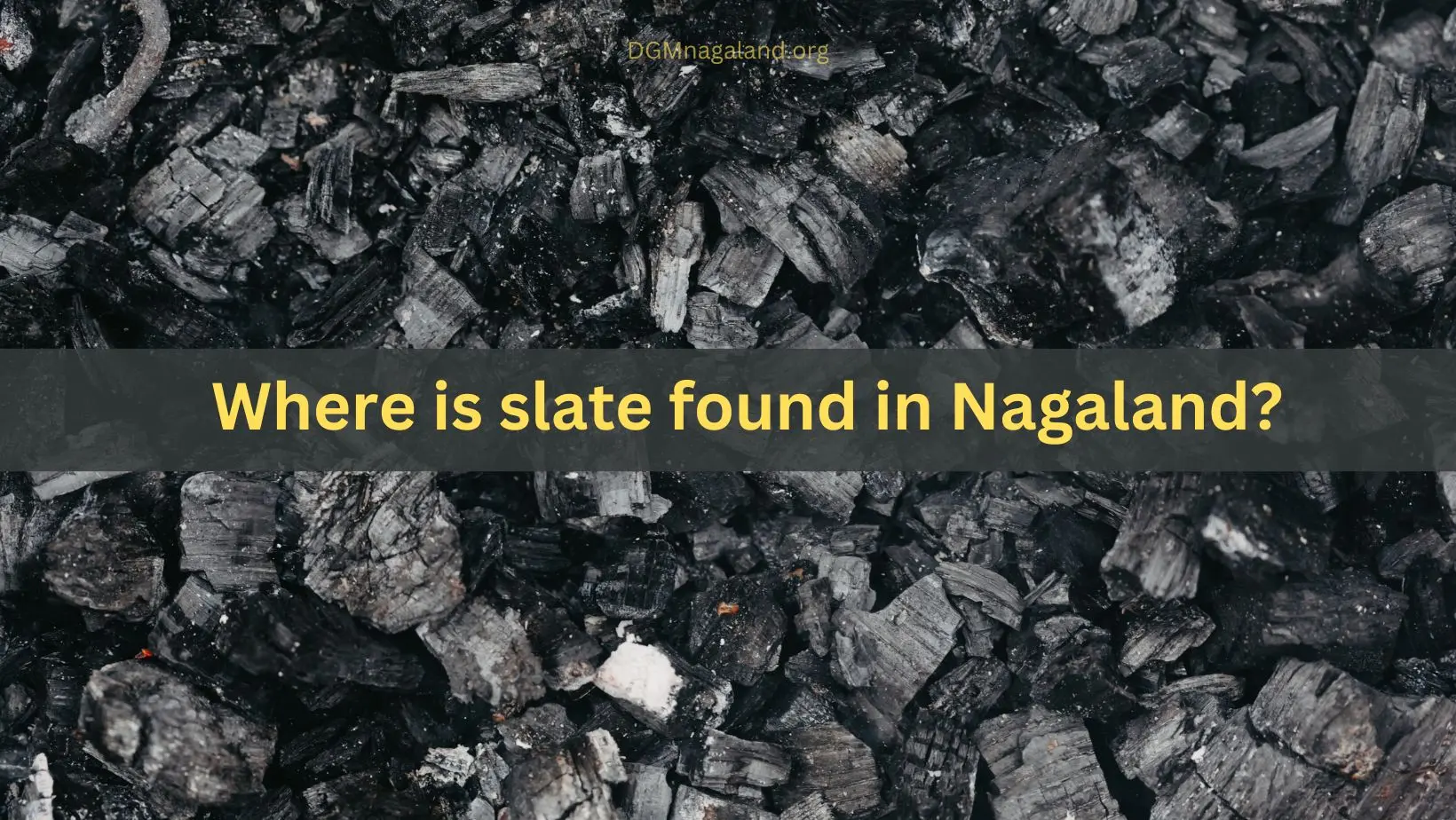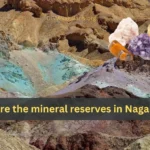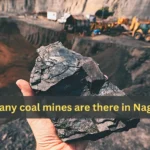Slate and Phyllite in Kohima and Tuensang Districts:
A notable geological feature of the eastern region within Kohima and Tuensang districts is the presence of slate and phyllite rocks of slate found in Nagaland. These metamorphic rocks have been identified at various locations throughout this eastern belt.
- For a general audience: Briefly explain what slate and phyllite are and their significance in the geological context.
- For a scientific audience: Provide details about the specific types of slate and phyllite found, their formation processes, or their potential economic or scientific value.
- For a specific use case: Link the presence of these rocks to relevant applications, such as construction materials or potential mineral resources.
Nagaland Unveils Geo Park to Showcase Diverse Rock Formations
Dimapur, Nagaland: A unique Geo Park showcasing the vast variety of rocks found in Nagaland has opened its doors to the public at the Directorate of Geology and Mining (DGM) premises in Dimapur. This initiative aims to not only educate academicians but also offer the general public a glimpse into the state’s rich geological heritage.
Key Points:
- Inauguration: The Geo Park was formally inaugurated by DGM Director S. Manen on Friday.
- Objective: The park serves a dual purpose:
- Academic: Providing researchers and students with a valuable resource to study various rock types found in Nagaland.
- Public outreach: Offering the general public an opportunity to learn about and appreciate the diverse rock formations of the state.
- Rock collection: The park currently features 11 different types of stones, including limestone, marble, and paraspinal, sourced from various locations across Nagaland.
- Future expansion: Plans are underway to include additional rock types, such as slate, to provide a more comprehensive representation of the state’s geology.
- Additional attraction: An impressive wood fossil trunk greets visitors at the park entrance.
Significance:
The Geo Park serves as a valuable educational resource for both academic and public audiences. It fosters greater appreciation for Nagaland’s unique geological landscape and contributes to promoting scientific understanding and environmental awareness.
Conclusion – Slate found in Nagaland
The Nagaland Geo Park’s opening signifies a leap forward in promoting geological education and public engagement. Offering a window into the state’s diverse rock formations, the park caters to both academic and public audiences.
This initiative fosters scientific curiosity and appreciation for Nagaland’s unique geological heritage. As the park expands, it has the potential to become a prominent learning and exploration destination, enriching the state’s cultural and educational landscape.




